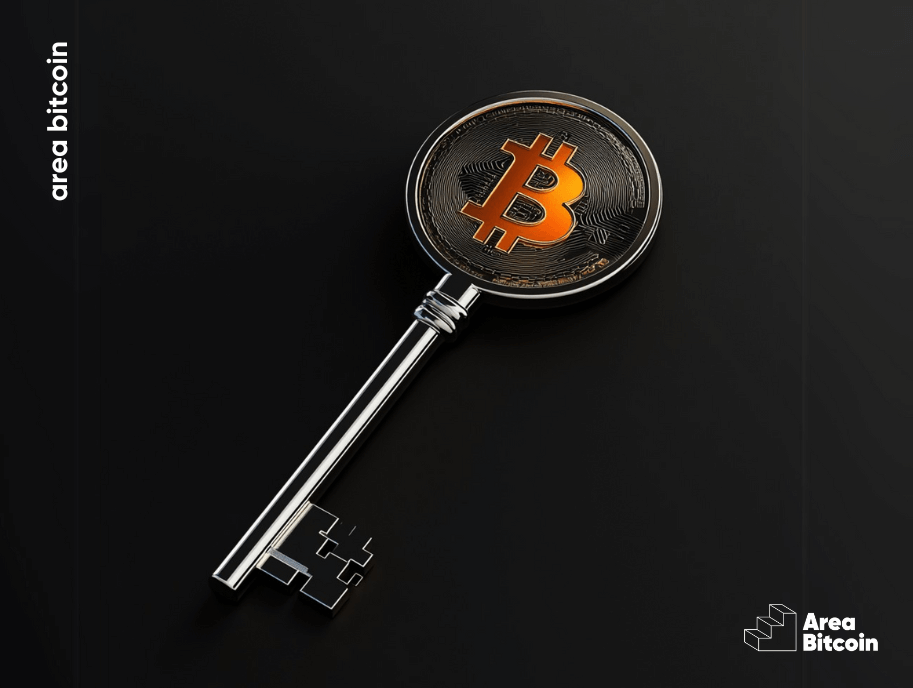Did you know that you can change a Bitcoin transaction fee to ensure it is processed faster by miners? Replace-By-Fee is a fascinating feature, yet few people are aware of it or know how to use it.
In this article, you will learn what Replace-By-Fee is, how it works, and how to use it.
Are you ready?!
Table of Contents
How do Bitcoin transactions work?
To understand what Replace-by-Fee is, it’s essential first to understand how Bitcoin transactions are processed.
When you send Bitcoin to someone, the transaction is broadcast to the network and included in the mempool—the waiting area/room for unconfirmed transactions.
Miners then select transactions from this pool to include in a new block, which is subsequently added to the blockchain.
However, on the Bitcoin blockchain, the space available in each block is limited, which means that transactions offering higher fees are given priority for inclusion in the block.
Therefore, the priority of including a transaction in a block is largely determined by the transaction fee that the user is willing to pay.
In other words, the position in the priority queue depends on the amount paid for the fee.
That way:
- Transactions with higher fees are included more quickly in a block as they provide a greater financial incentive for miners.
- Meanwhile, transactions with lower fees sit behind the queue, waiting to be selected by a miner and included in a block.
You can check the price of transaction fees in real-time on the Mempool.Space website. There, you can view rates for no priority, low priority, medium priority, and also the rate for high priority.
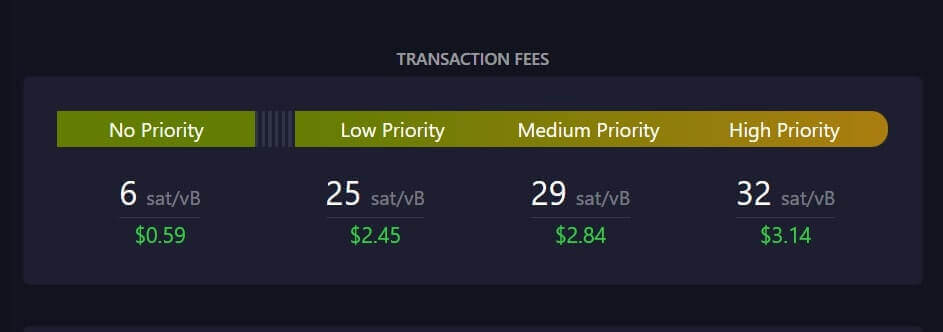
What was it like before RBF?
Before Replace-by-Fee, if a transaction was sent with a very low fee, the sender had few options to remedy the situation.
In such cases, the transaction could remain stuck in the mempool for days, weeks, or even months, until transaction fees on the network decreased or a miner decided to process it for that lower fee amount.
For example, in December 2017, there was a significant spike in transactions on the Bitcoin network, and transaction fees were quite high. During this time, anyone who paid less than 20 dollars saw their transactions retained in the mempool.

But don’t worry, Replace-By-Fee addresses just that!
RBF allows users the option to replace a low fee with a higher one, thereby enabling miners to select their transaction and process it into a block more quickly.
So, let’s explore what RBF is and how it works!
What is Replace-by-fee (RBF)?
Replace-by-Fee, or RBF, is a Bitcoin feature that allows you to increase the fee of a transaction, even after it has been initiated, to accelerate its confirmation in the mempool.
RBF is a fee replacement feature that was proposed in BIP 125 and implemented in the Bitcoin protocol with version 0.12.0 of Bitcoin Core, released in February 2016.
Practically, Replace-by-Fee enables a user to substitute the original transaction fee with a higher one in BTC, ensuring that the transaction is selected more quickly by a miner, processed, and included in a block on the blockchain.
However, it’s important to note that this process can only be carried out if the transaction has not yet been confirmed, meaning it is still in the mempool and not yet included in a block.
How does Replace-by-fee work?
Although it might seem complicated at first glance, the process is actually quite straightforward:
- Imagine that you set your transaction fee at 15 satoshis per byte, which is the lowest possible fee for a transaction at the moment — as shown in the image below, from a printout taken at the time I was writing this article.
- You send your transaction to the Bitcoin blockchain and wait. Time passes: 1h, 2h, 4h, and… nothing happens.
- The recipient has not yet received any confirmation for this transaction. You find yourself with 0 confirmations.
Faced with the need to expedite the process, you decide to send a new transaction using the Replace-by-Fee mechanism.
What actually happens is the replacement of one transaction by another. It’s not just the fee that changes; a new transaction is transmitted across the network at a higher rate.
In this way, the transaction signals that the first one should be discarded and the new one should be prioritized. Therefore, as soon as miners process this new transaction, they will receive the higher fee you set with RBF, in addition to the rate of your original transaction, which was lower.
This way, your transaction becomes more attractive in the competitive market for block space.
Now, do you understand how Replace-by-fee works?
This feature is ideal for those who realize their transaction will take a long time and want it to be processed more quickly.
When a transaction is made with Replace-by-Fee, it is flagged in the mempool. The image below shows the fee before and the fee after using Replace-by-Fee:
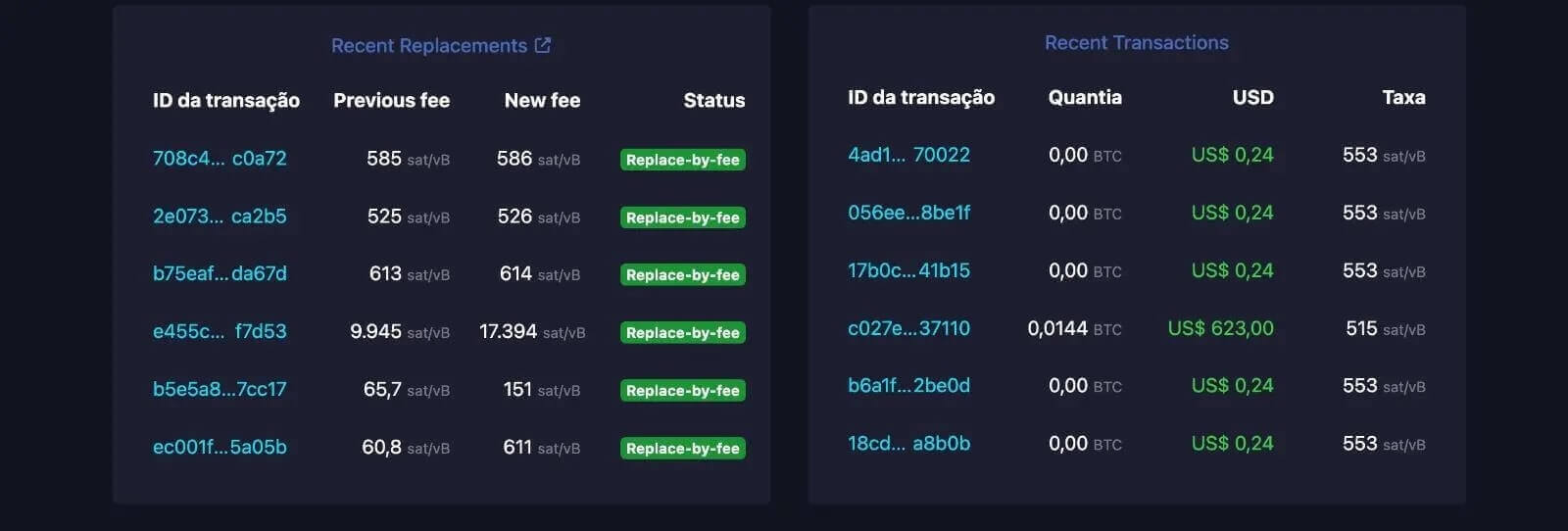
Which wallets support RBF?
Adoption of Replace-by-Fee (RBF) can vary among different wallets and services in the Bitcoin ecosystem. While Bitcoin Core supports RBF, not all wallets or services may offer this functionality.
Additionally, the feature might not be activated by default in the wallet, requiring manual activation.
Here is a list of some wallets that support Replace-by-Fee:
- Bitcoin Core;
- Blockstream Green;
- Electrum;
- Samourai Wallet (Android);
- Blue Wallet;
- Specter Wallet;
- Sparrow Wallet;
- Nunchuk;
- Trezor
Bitcoin Core
Bitcoin Core supports RBF, including in its graphical user interface (GUI).
When a transaction remains unconfirmed, users have the option to select “Increase transaction fee,” which makes it easier to prioritize the transaction on the network.
Blockstream Green
Blockstream Green includes built-in RBF support, allowing users to easily adjust fees for pending transactions to ensure faster processing.
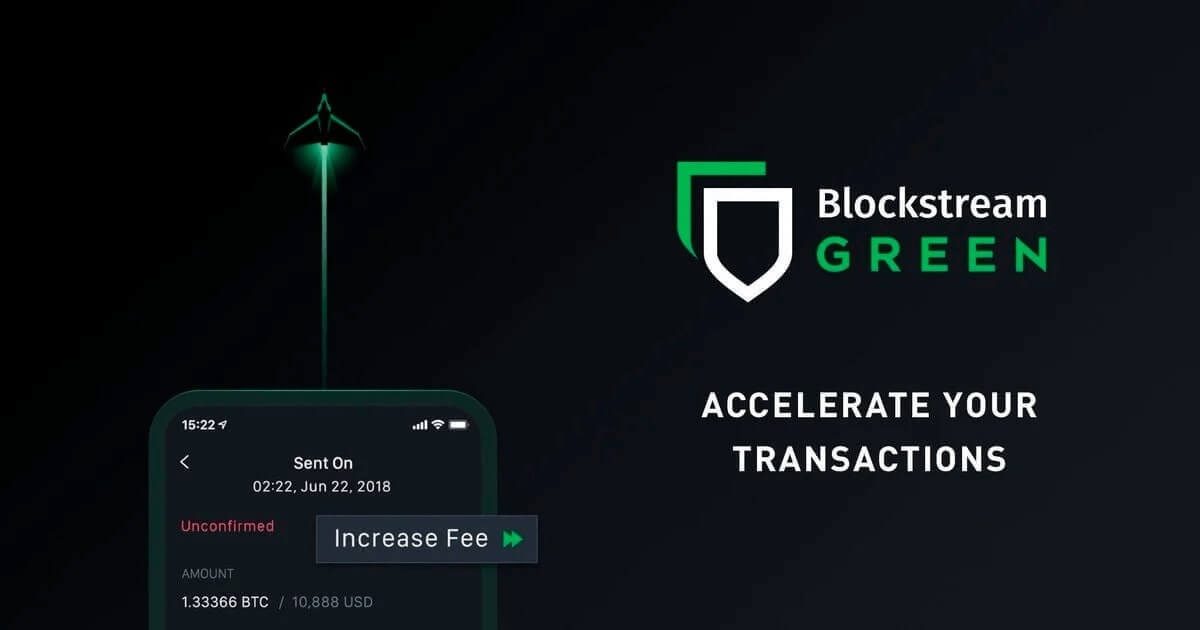
Electrum
Electrum allows users to right-click on a transaction and choose to increase the fee using RBF. It also offers the option to “Cancel” a transaction, which effectively replaces it with another transaction that has a higher fee.
Samourai Wallet
The Samourai Wallet supported RBF, giving users the ability to adjust transaction fees after sending, if necessary.
However, it was discontinued, and its founders were arrested for money laundering crimes and operating an unlicensed money transmission service.
Blue Wallet
Blue Wallet implements RBF support with the “Bump Fee” and “Cancel Transaction” functions, facilitating the management of unconfirmed transactions.
Specter Wallet
Specializing in integration with hardware wallets, Specter Wallet supports RBF, enabling advanced transaction management for users.
Sparrow Wallet
Designed to suit both novices and experienced users, Sparrow Wallet combines an intuitive user interface with powerful functionality, including full RBF support.
Nunchuk
Nunchuk also supports RBF, standing out for its user-friendly approach in adjusting transaction fees for greater efficiency and agility.
Trezor
Trezor, known for its hardware wallet solutions, indirectly supports RBF through integrations with compatible software wallets, allowing users to adjust fees after sending a transaction.
How to use Replace-by-fee?
To utilize Replace-by-Fee, you need to use one of the wallets that support this functionality.
In this article, we decided to use Blue Wallet to show you how this feature works:
- Open the Blue Wallet app on your cell phone.
- Select the on-chain Bitcoin wallet you wish to use, if you have created multiple wallets within the app (image on the left).
- After selecting the wallet, click “Send” in the bottom menu (image on the right).
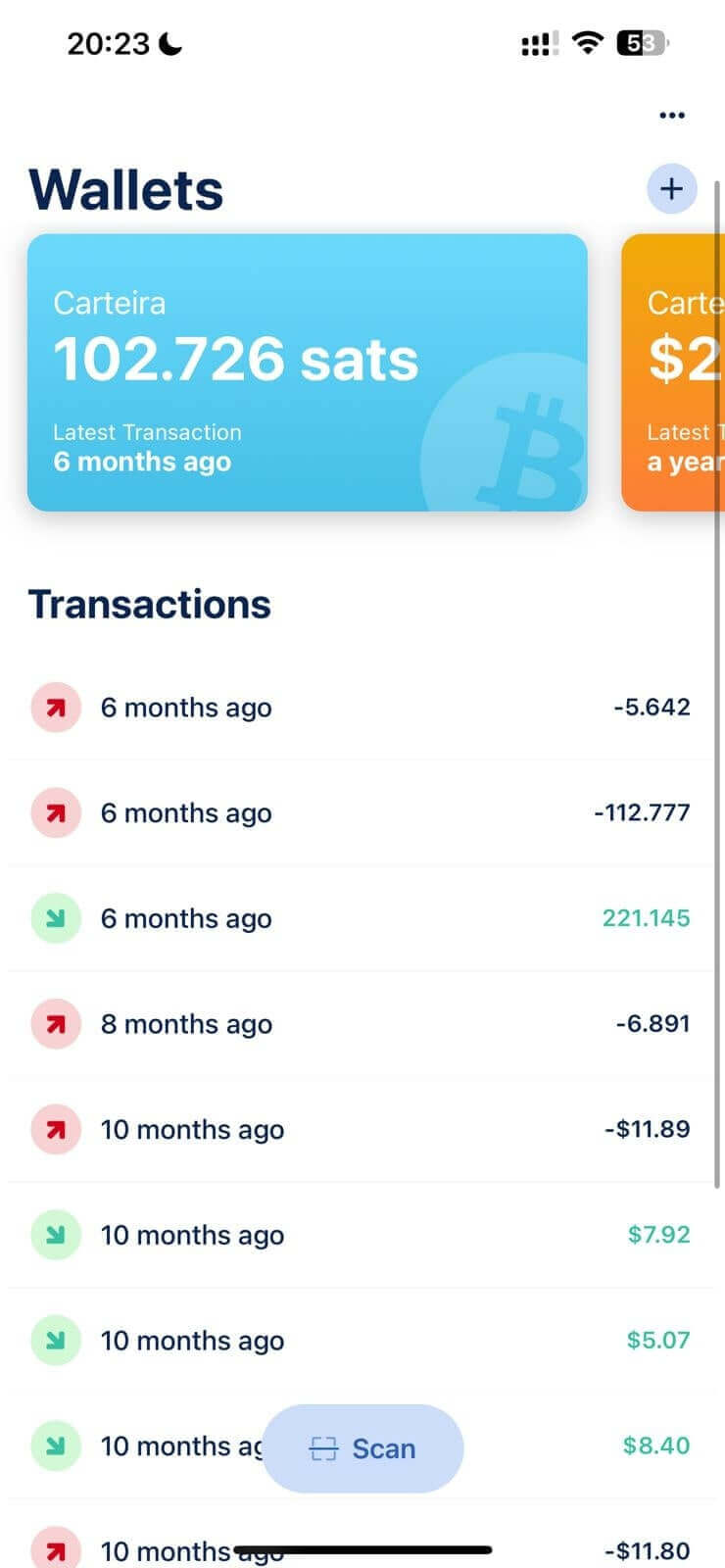
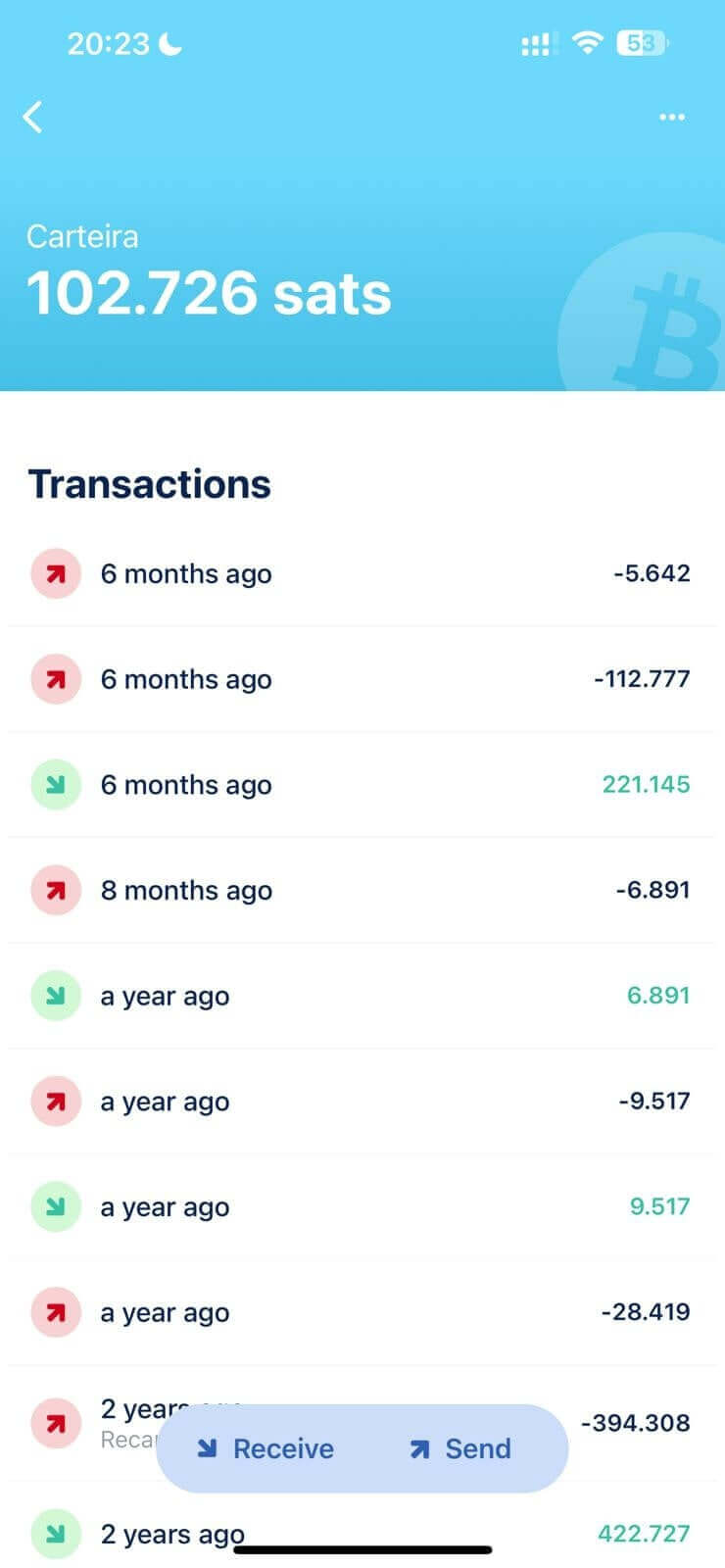
Once done, select the amount of satoshis or BTC you want to send and input the destination Bitcoin address. You will see the fee displayed below, highlighted in green. If everything looks correct, simply click “Next” (image on the left).
Immediately after clicking “Next,” a new screen will open for confirming the data and the fee. Review the information, and if all is in order, click “Send Now” (image on the right).
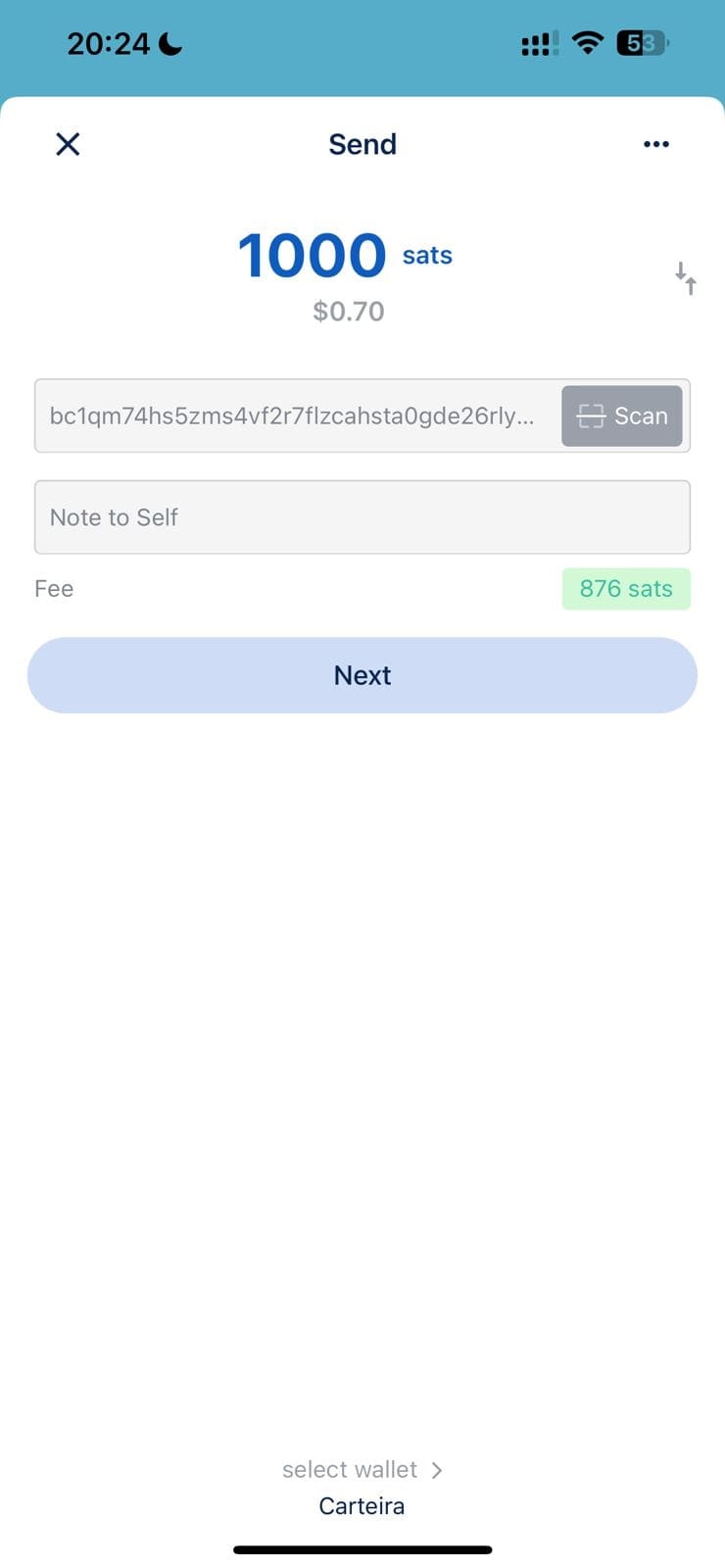
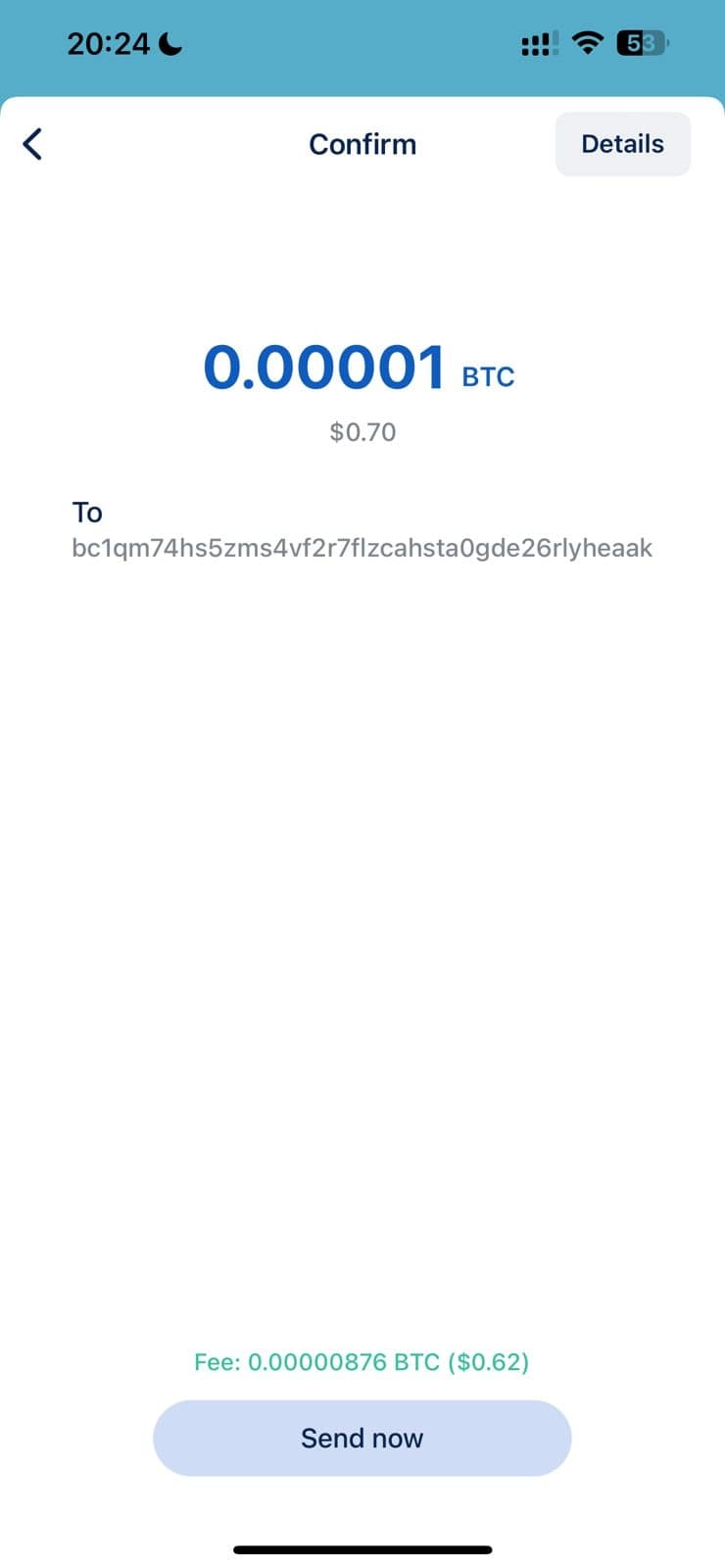
Once the transaction is sent, you can view it on the home page.
Next, click on the transaction you just sent. You will see the estimated completion time and two options:
- Bump fee rate
- Cancel the transaction.
These options appear at the bottom of the screen (image on the left).
If you choose to ‘bump fee‘, a new screen will open with options to select the new priority for your transaction. If desired, you can also enter the fee value manually (image on the right).
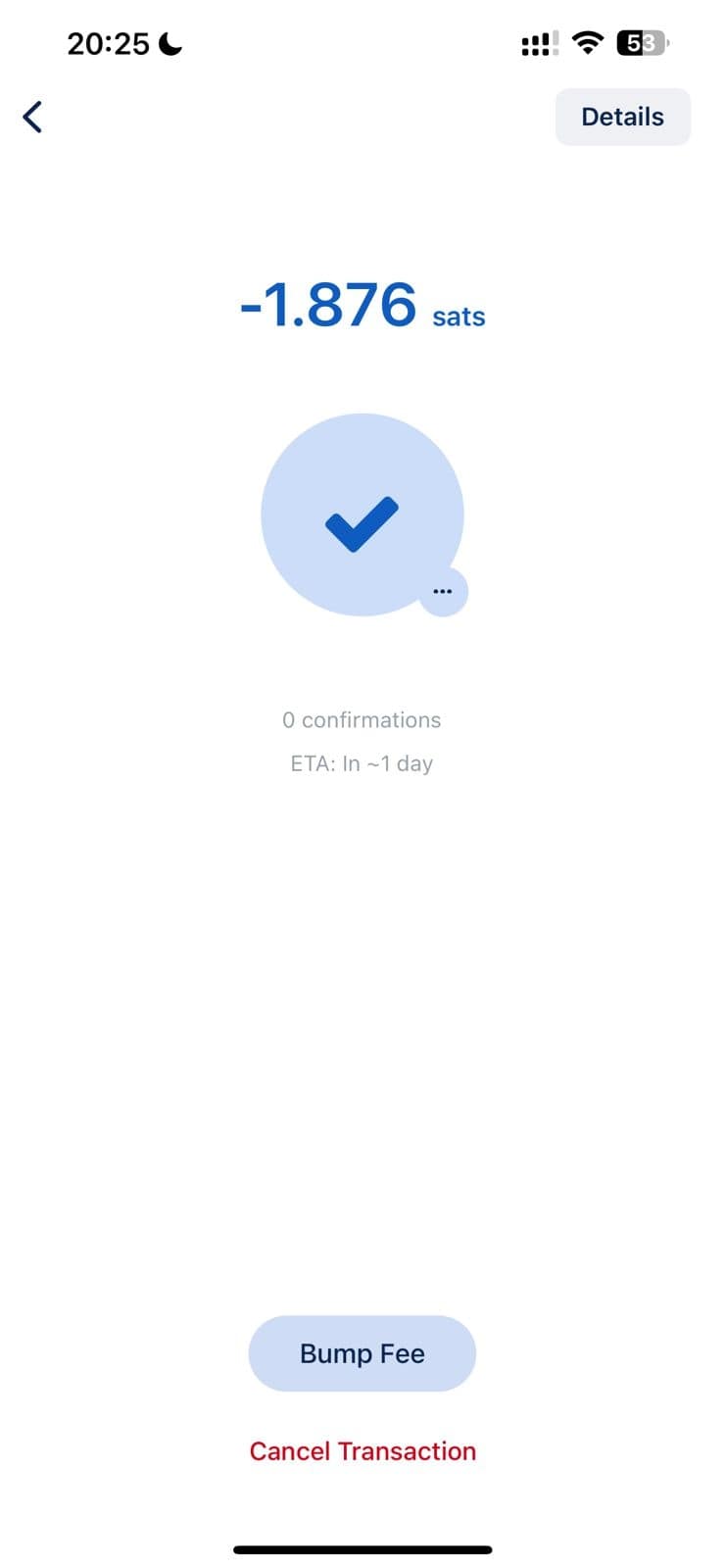
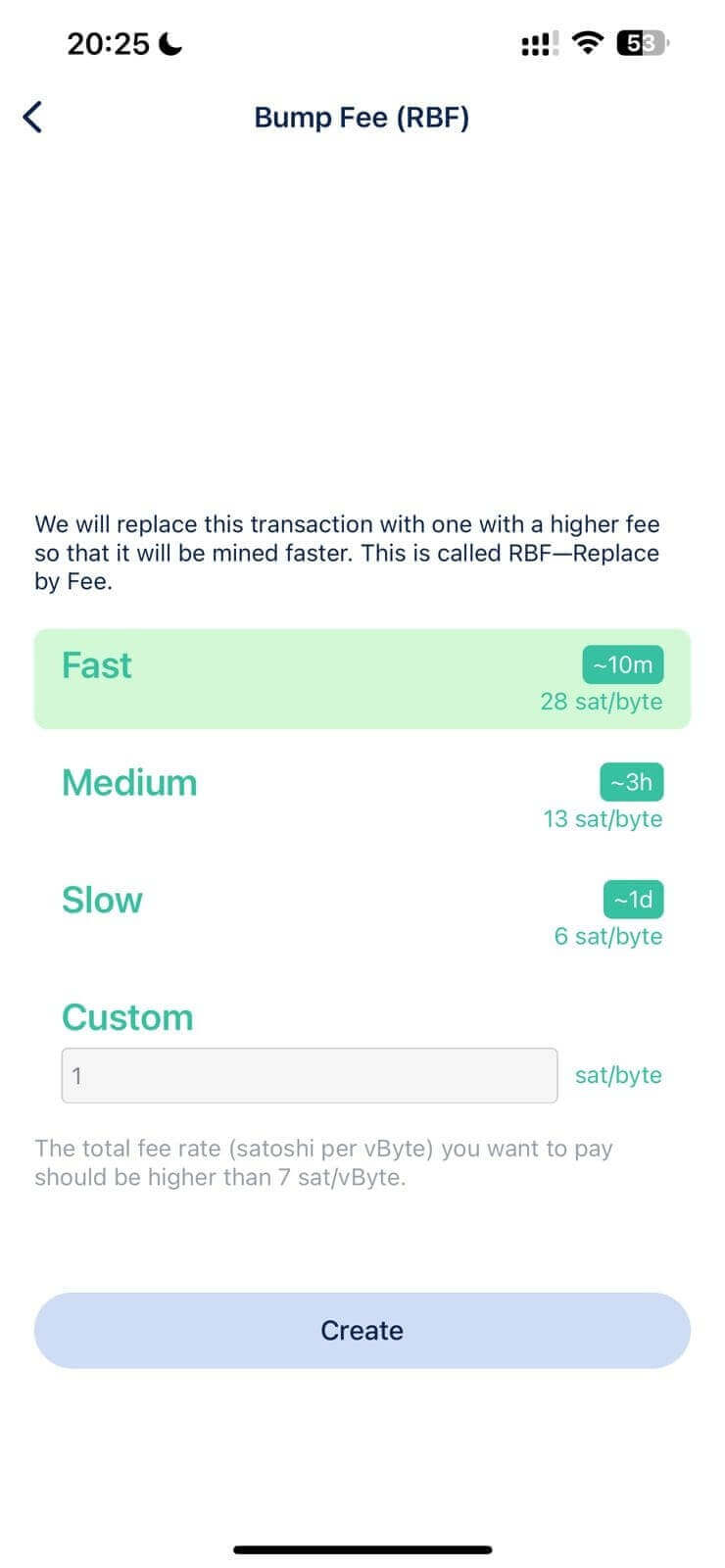
After that, simply click “Create,” and your transaction will be retransmitted to the network with the new rate.
Easy, right?!
Benefits of Replace-by-fee
One of the biggest benefits of Replace-by-Fee is that it allows users to have flexibility with their transactions.
If you need a transaction to be processed faster, you can simply activate Replace-by-Fee directly from your wallet.
For Bitcoin wallets that support this functionality, using the feature is relatively straightforward. All you have to do is select the desired transaction that has not yet been completed and change the fee rate.
The wallet automatically signals that your transaction can be changed later and replaces one transaction with another when RBF is activated, relieving the user of these technical details.
It is important to note that the specifics will depend on the wallet you are using and how it implements Replace-by-Fee.
Conclusion
As we have seen throughout this article, Bitcoin provides various mechanisms that allow users flexibility in managing their transactions. These features make Bitcoin accessible to everyone and highlight its openness to improvements that benefit users. Ultimately, both users and miners—motivated by rewards and fees—benefit from using Replace-by-Fee (RBF).
We hope this article has helped you understand what Replace-by-Fee is and how you can utilize it.
Don’t forget to share it with your friends and opt out!
Share on your social networks:

One of the leading Bitcoin educators in Brazil and the founder of Area Bitcoin, one of the largest Bitcoin schools in the world. She has participated in Bitcoin and Lightning developer seminars by Chaincode (NY) and is a regular speaker at Bitcoin conferences around the world, including Adopting Bitcoin, Satsconf, Bitcoin Atlantis, Surfin Bitcoin, and more.
Did you like this article? Consider buying us a cup of coffee so that we can keep writing new content! ☕






